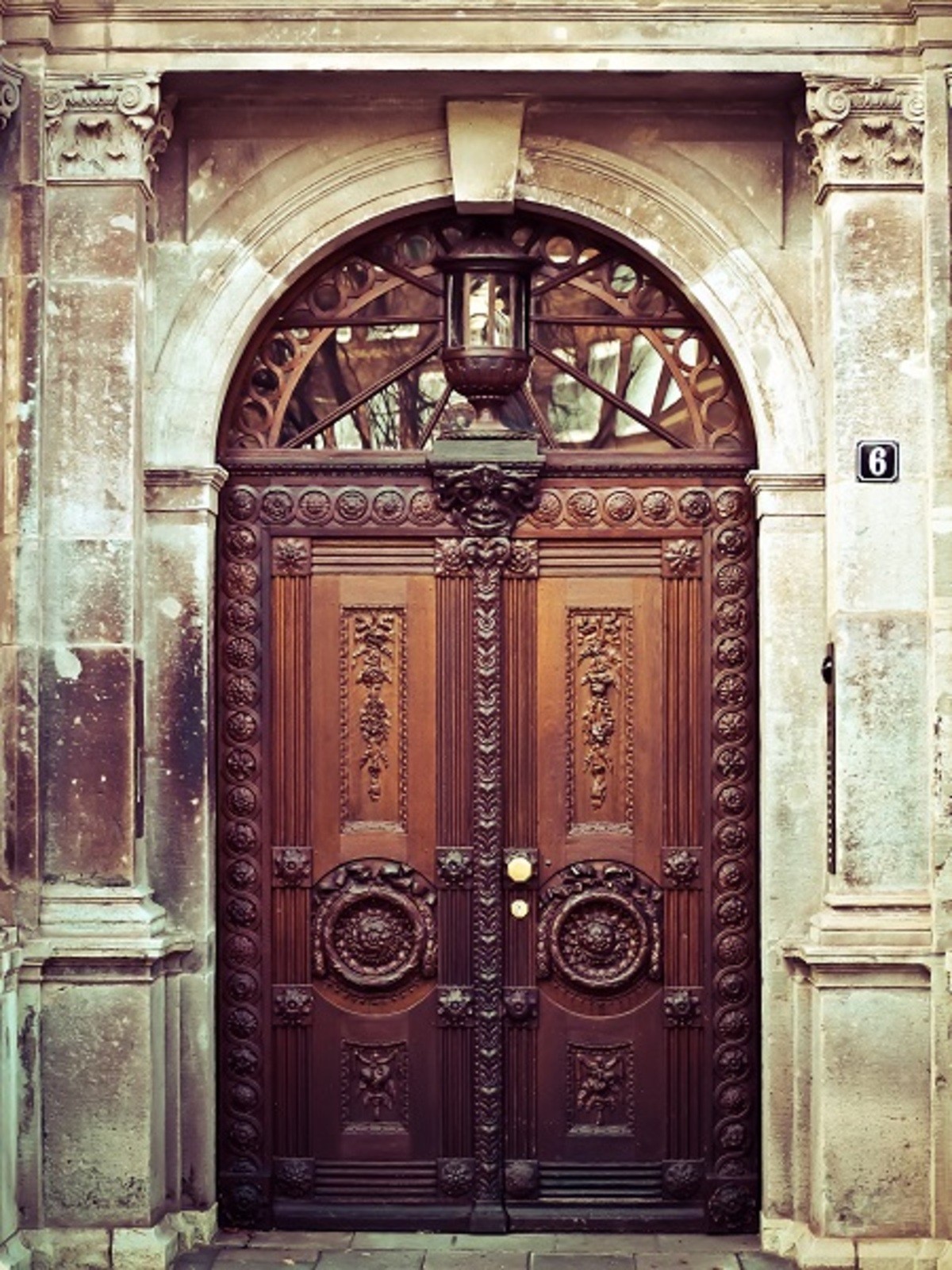Sustainable Materials and Practices in Home Renovation

Sustainable construction and resources have gained a lot of attention, and rightly so. Given the increase in awareness of our carbon footprint and the impact it has on our environment, many people have leaned into the movement. The full potential of sustainability holds in the construction industry should not be overlooked. Windows, doors, material choices, and energy production are all areas to consider when reducing your home’s carbon footprint.
An estimated 250 tons of consumer solid waste is generated annually in the United States, and 40% comes from construction projects and unused building materials. While sustainable home products tend to be more expensive, they are almost always more efficient and aid in saving energy and in the long run, money. Below are a few ideas on how you can improve your home’s efficiency with sustainable building materials on a base level.
Composite roof shingles
Constant repair and maintenance can drain resources and your wallet. A common concern is roofing tiles and the best, most reliable materials to ensure a secure roof for the foreseeable future. Basic tile types like asphalt shingles and wood shakes can raise, warp and crack causing moisture damage and energy waste. Composite roofing shingles are a great option when considering sustainable roofing materials. Composite shingles are a durable and long-lasting roofing solution made of compressed and recycled plastics and other sustainable materials. They come in a variety of styles like Spanish clay, natural slate, and cedar shake roofing.
Sustainable Woods in Doors
Wood doors are highly sought after and can really elevate your home’s aesthetic. However, many companies will illegally harvest their materials from threatened forests or tree species, and emit waste during the manufacturing process of these products. It is crucial to do your research when selecting and purchasing these products to ensure they have been ethically sourced. Any wood door manufacturer that takes sustainability seriously will make it known. ETO Doors is the perfect example of a partner in working towards a Green environment. ETO Doors became certified by the Forest Stewardship Council in 2009 meaning they harvest and manufacture their goods sustainably. None of the timber used to manufacture their doors is ever listed as endangered.
Insulated Gas Window Installation
Insulated windows consist of 3-4 individual panes that contain air space in between each of them. These offer thermal insulation resulting in a more energy-efficient and durable window that will save you money in the long run. Another option is Low-E (short for low emissivity) glass windows coated with a transparent layer of silver. This clear coat is designed to protect the room from solar rays and regulate the temperature within the space by holding heat in for homes in cooler climates, or keeping heat out for homes in warmer climates. Another less commonly used but energy-efficient window option is argon gas windows. These are made up of a layer of argon gas sandwiched between two panes of Low-E glass. Due to the fact that argon gas is denser than air, these windows eliminate air currents and drafts by keeping the temperature of the windows closer to the temperature of the room and improving thermal insulation efficiency, making this option one of the more efficient window installments on the market.
Solar Panels
The use of solar panels is becoming more accessible and frequently utilized in various scales. From small tiles for outdoor lighting to the large installments found on roofs, solar panels are an efficient way to reduce your home’s dependence on nonrenewable energy. These panels can offer a lifespan of up to 20-30 years. Another interesting benefit from installing solar panels on your home in addition to saving money, is, depending on the state you live in, you can also earn money back by selling excess energy to your utility company via a process called net metering.
Insulated Framing
The framing of your home is a fundamental element in controlling heating and cooling costs. Some materials used for foundational framing such as pressed prefabricated wood panels have small cracks and crevices that allow for air to escape and moisture to penetrate your home. A solid option in insulated framing is something called insulated concrete forms, or ICF construction. This method provides an airtight barrier preventing energy from escaping the home and better regulating a consistent interior temperature.
Insulation
Another crucial component in an energy efficient home is the type of insulation used. Insulation retains heat by restricting air flow during the colder seasons, reducing the cost of cooling and heating throughout the year. We now have access to a much wider variety of natural and renewable resources when selecting insulation for our homes. A material called Thermacork actually has a negative carbon footprint as it is a product of the outer bark from oak trees and is recyclable, biodegradable, and noise canceling. Another sustainable option is sheep’s wool which acts in the same way that it protects sheep from cold temperatures. Wool is also a fire retardant and prevents condensation from collecting because of its absorbent interior and water-resistant exterior. Icynene is one of the strongest insulation alternatives and, while the initial installations can be expensive, can reduce your energy bill drastically over time. This is made of castor oil that expands 100 times its volume during installation. During the foaming process, tiny air pockets get trapped as it cures, leaving the air in place and thus creating a powerful insulation seal.
When it comes to sustainability and energy-efficient materials, there is no right or wrong, only what works best for your home and your budget.



